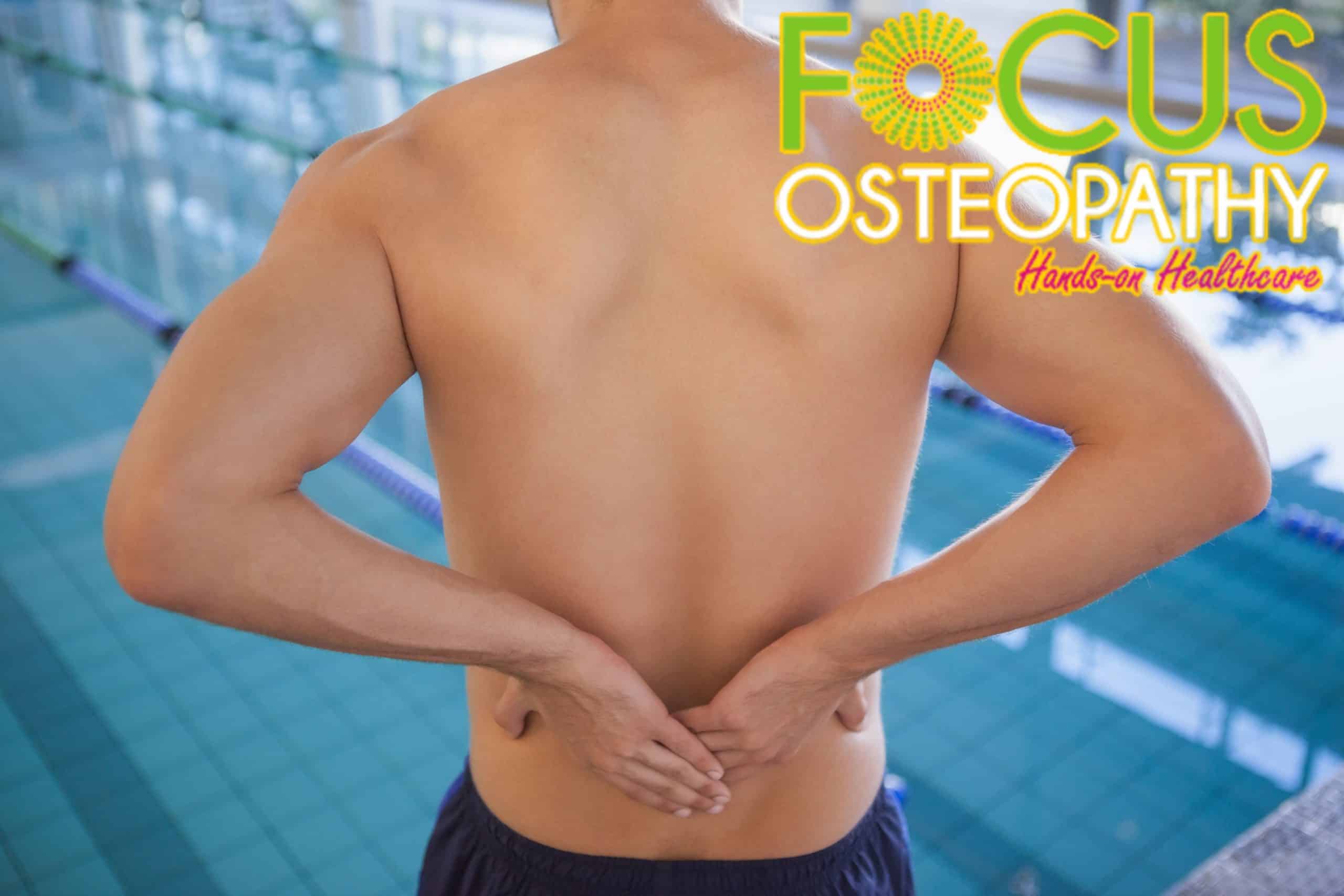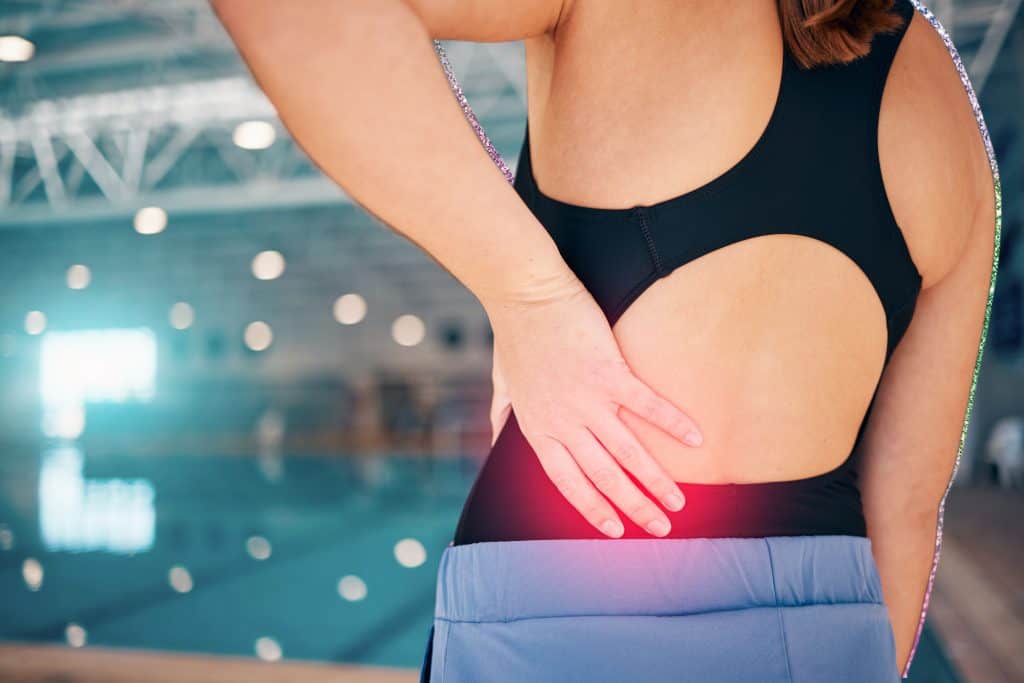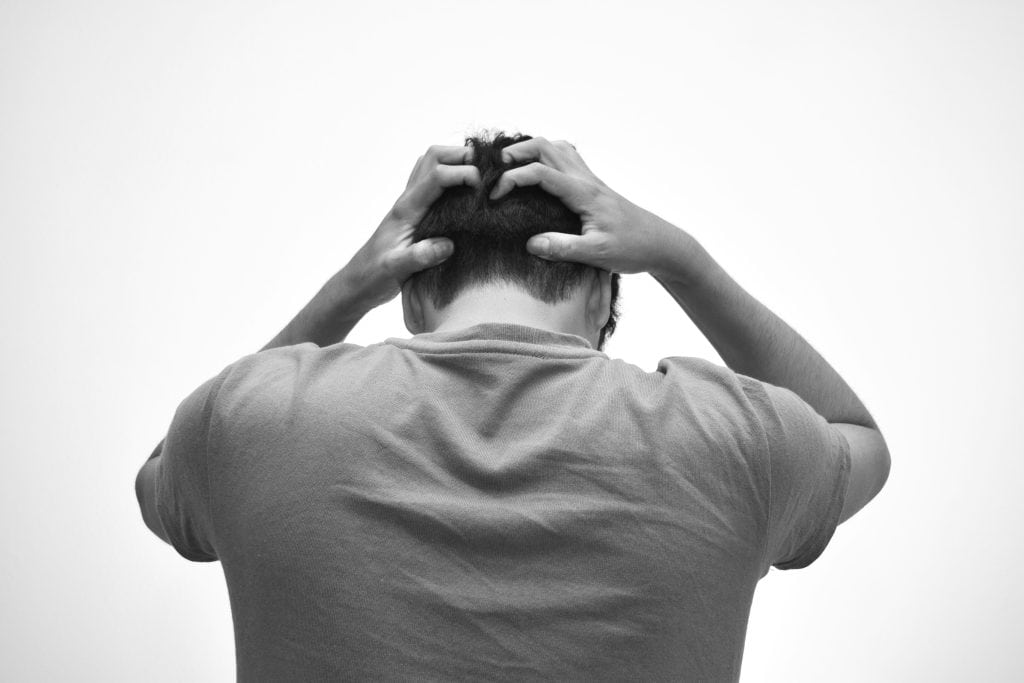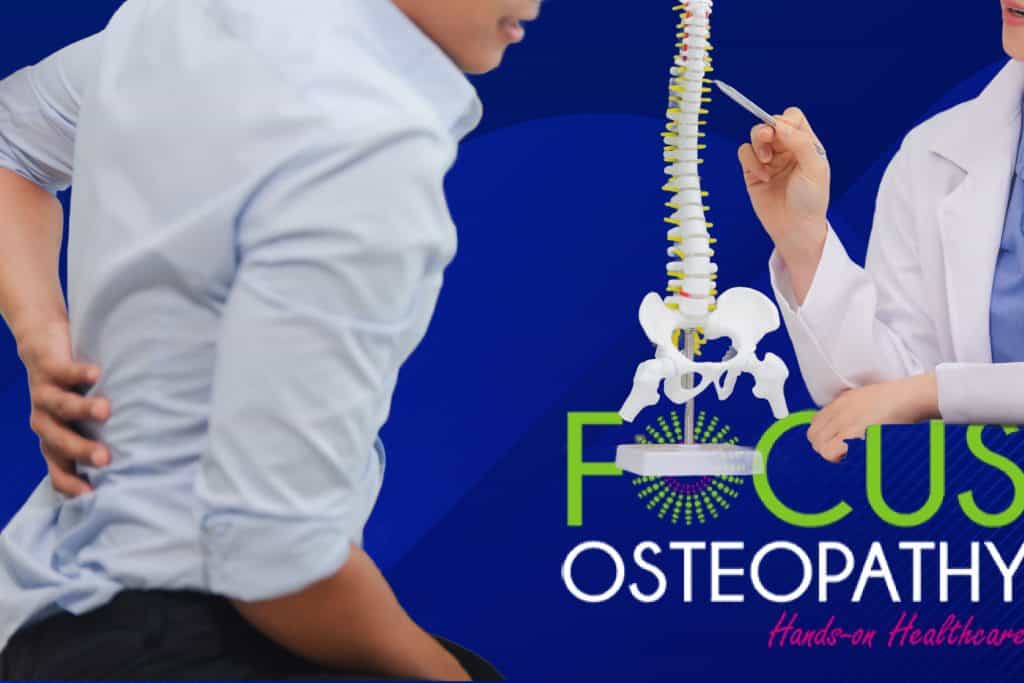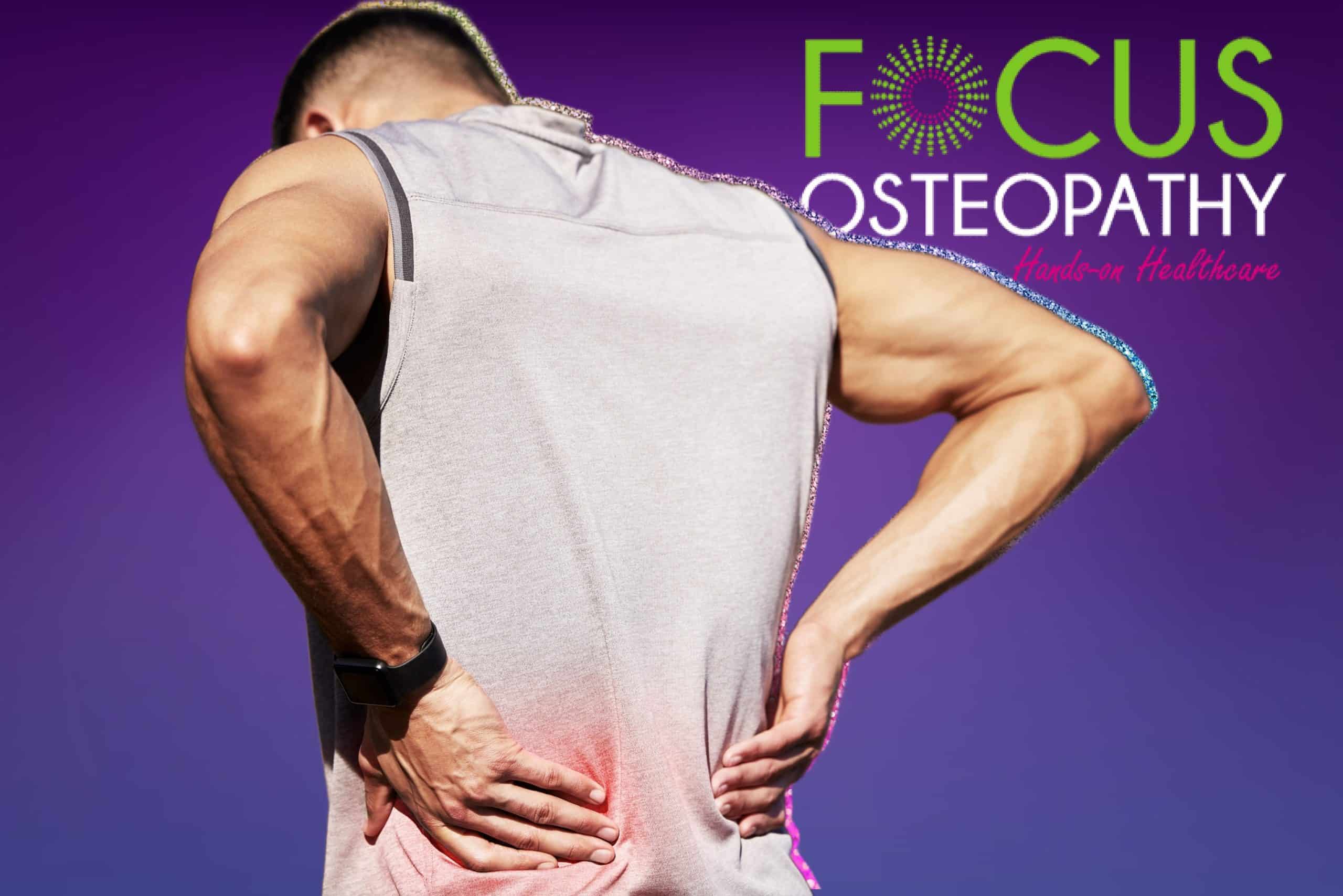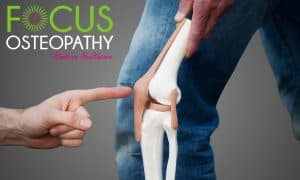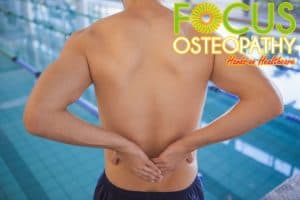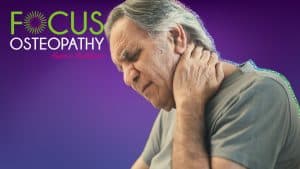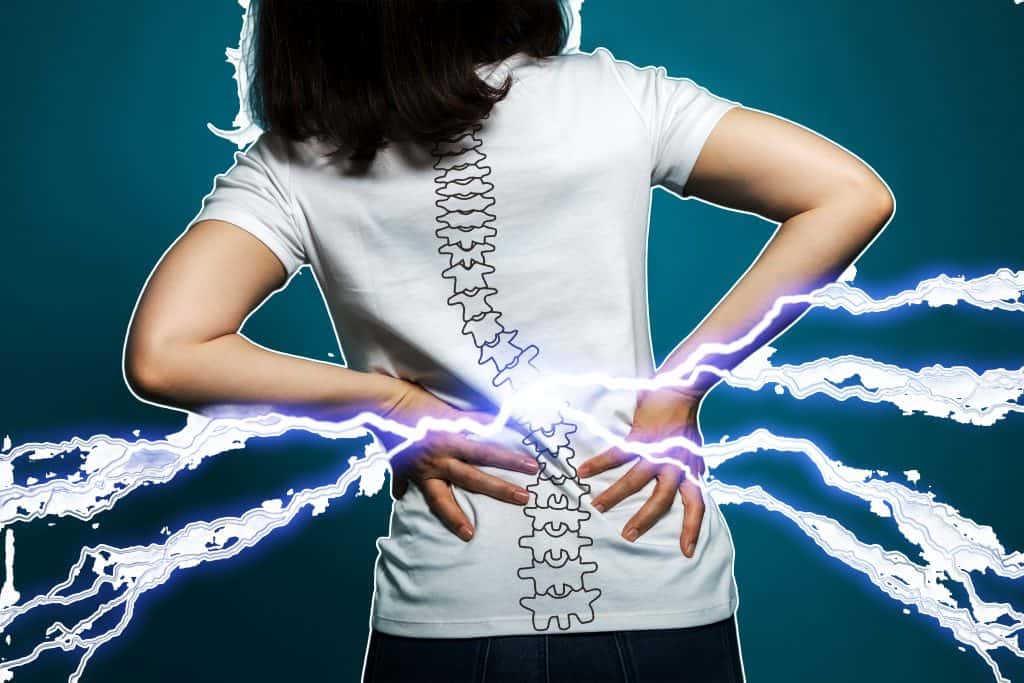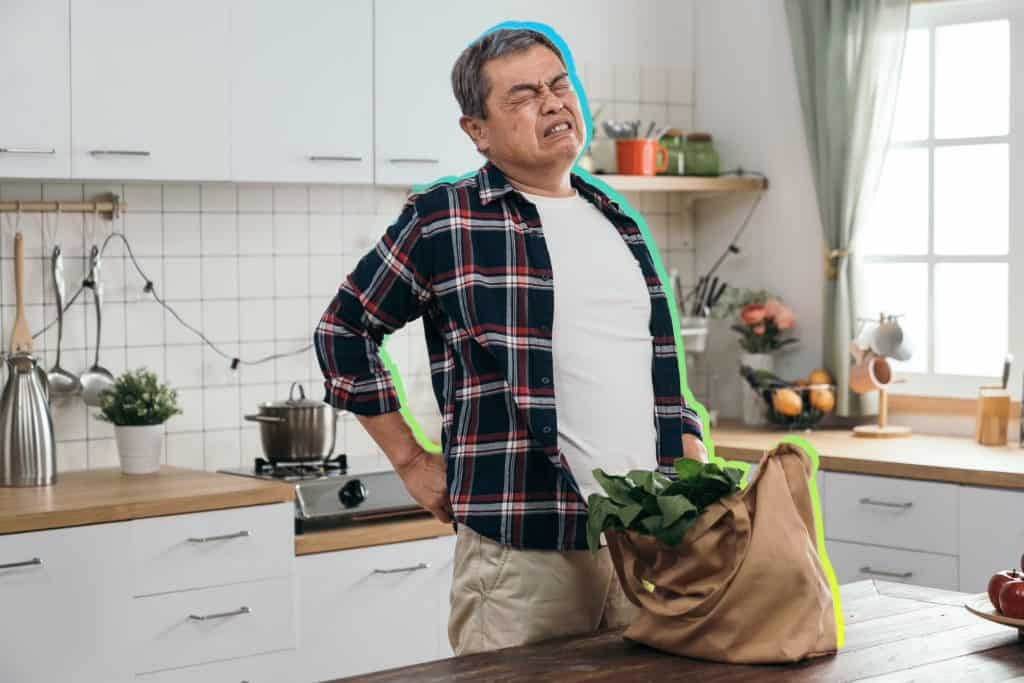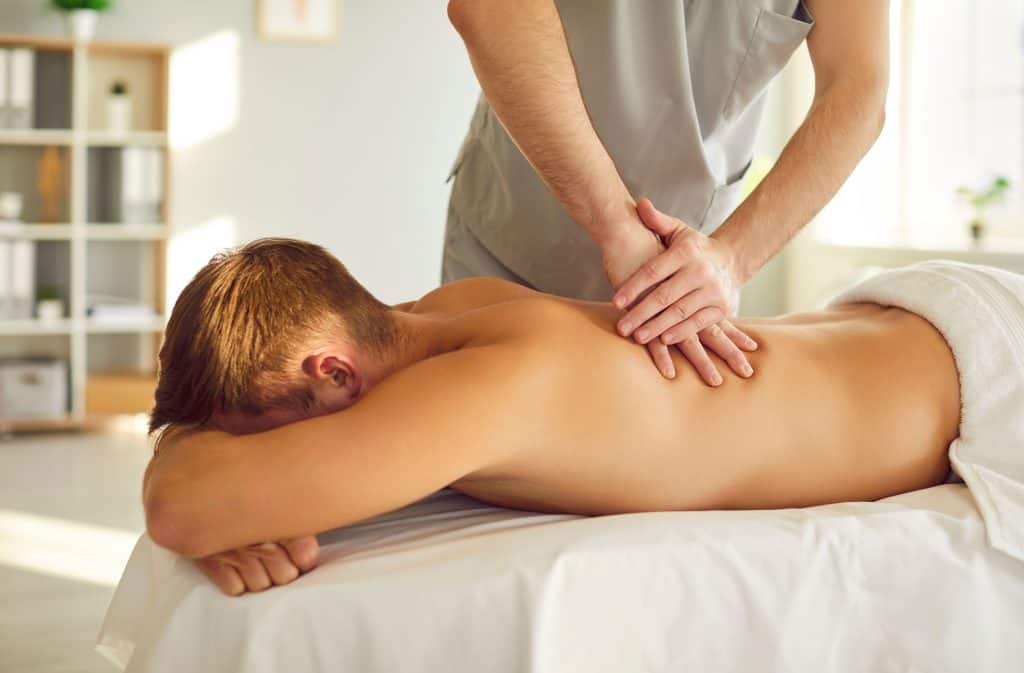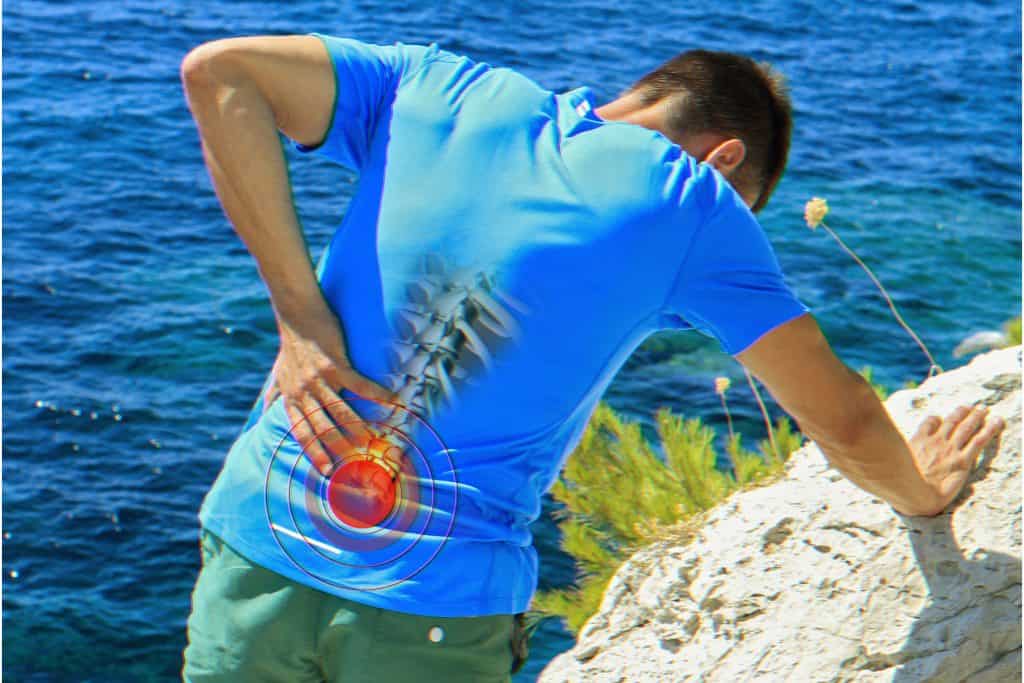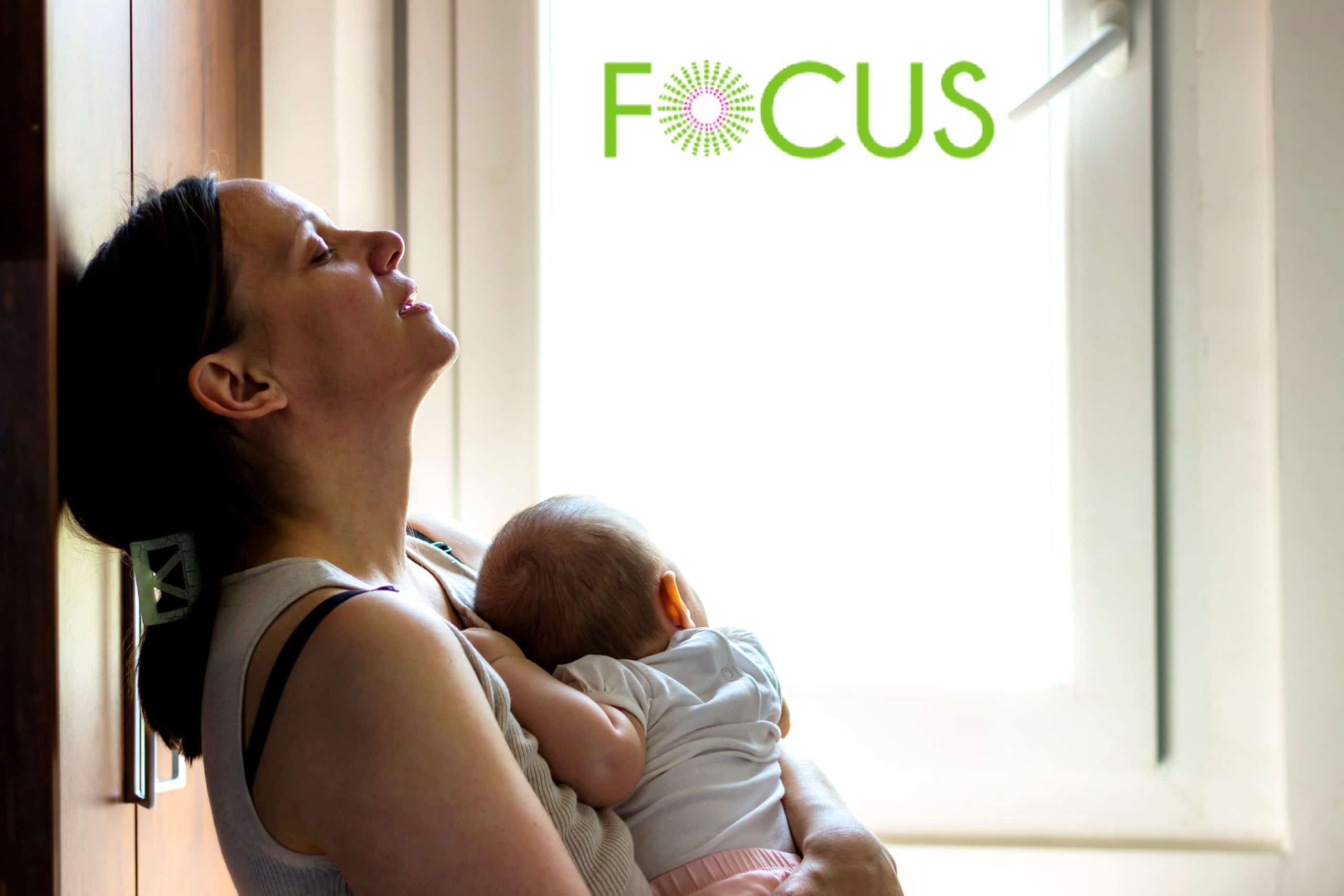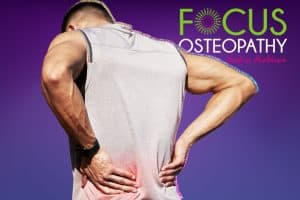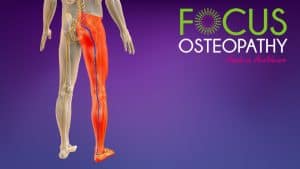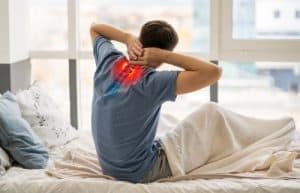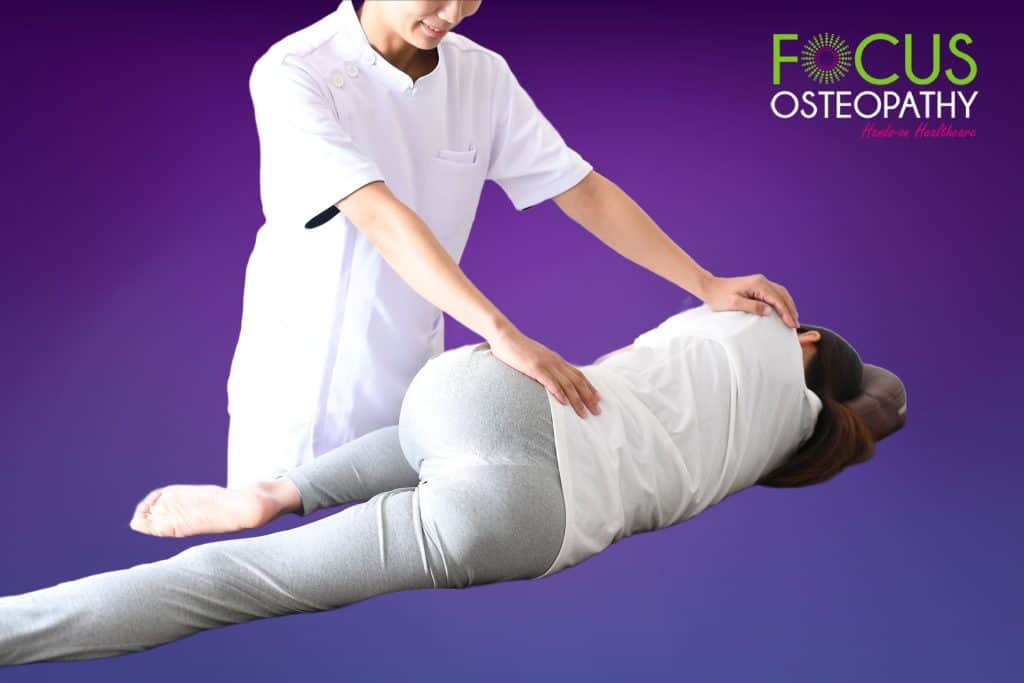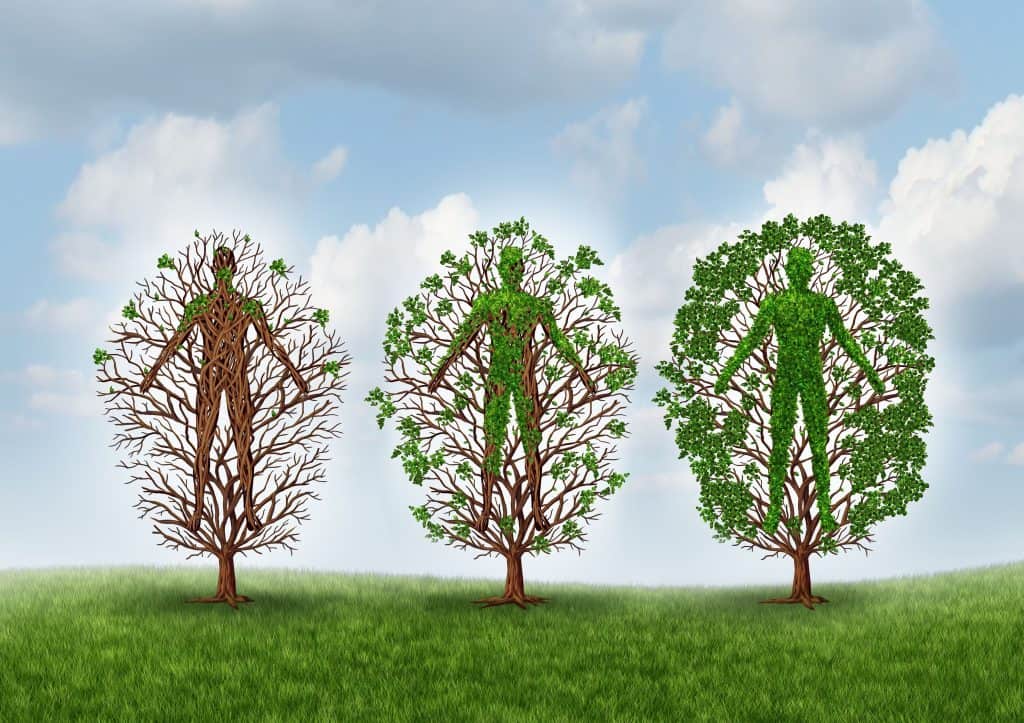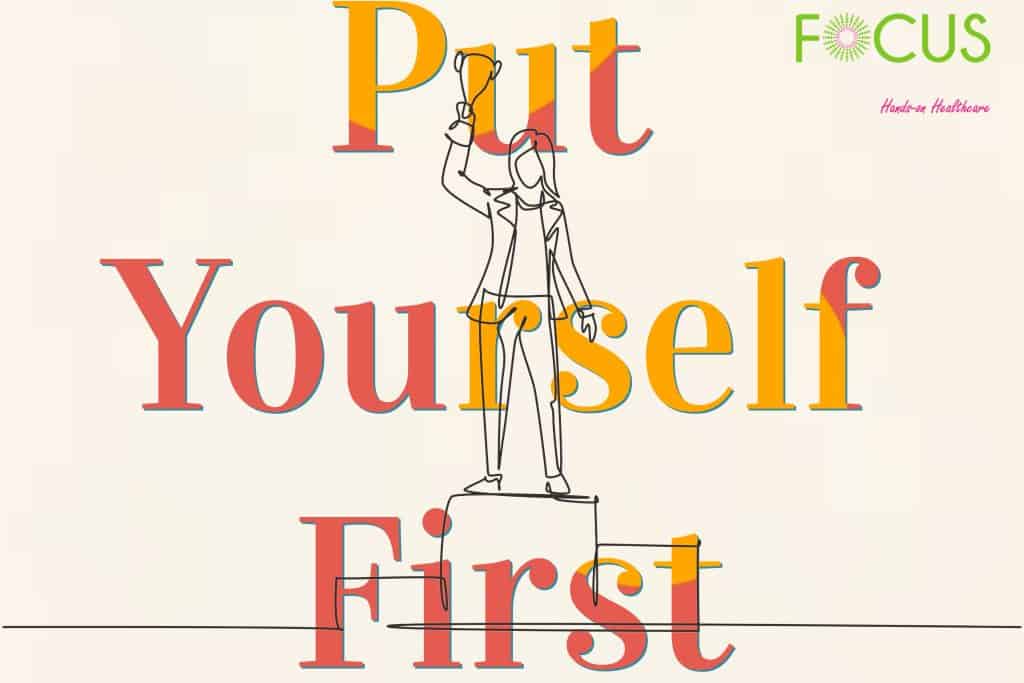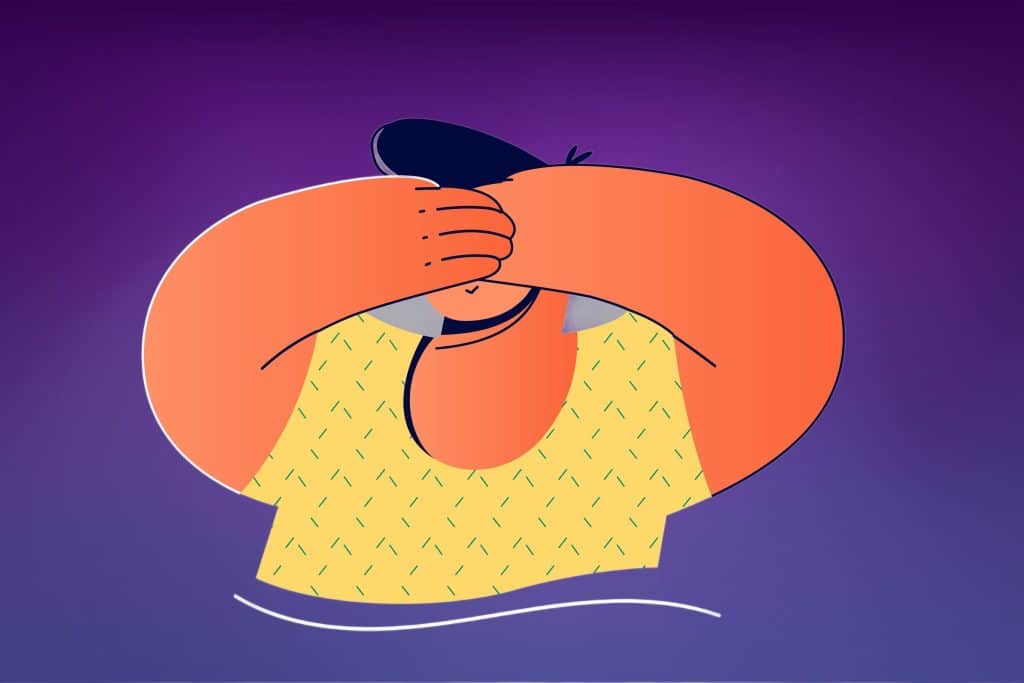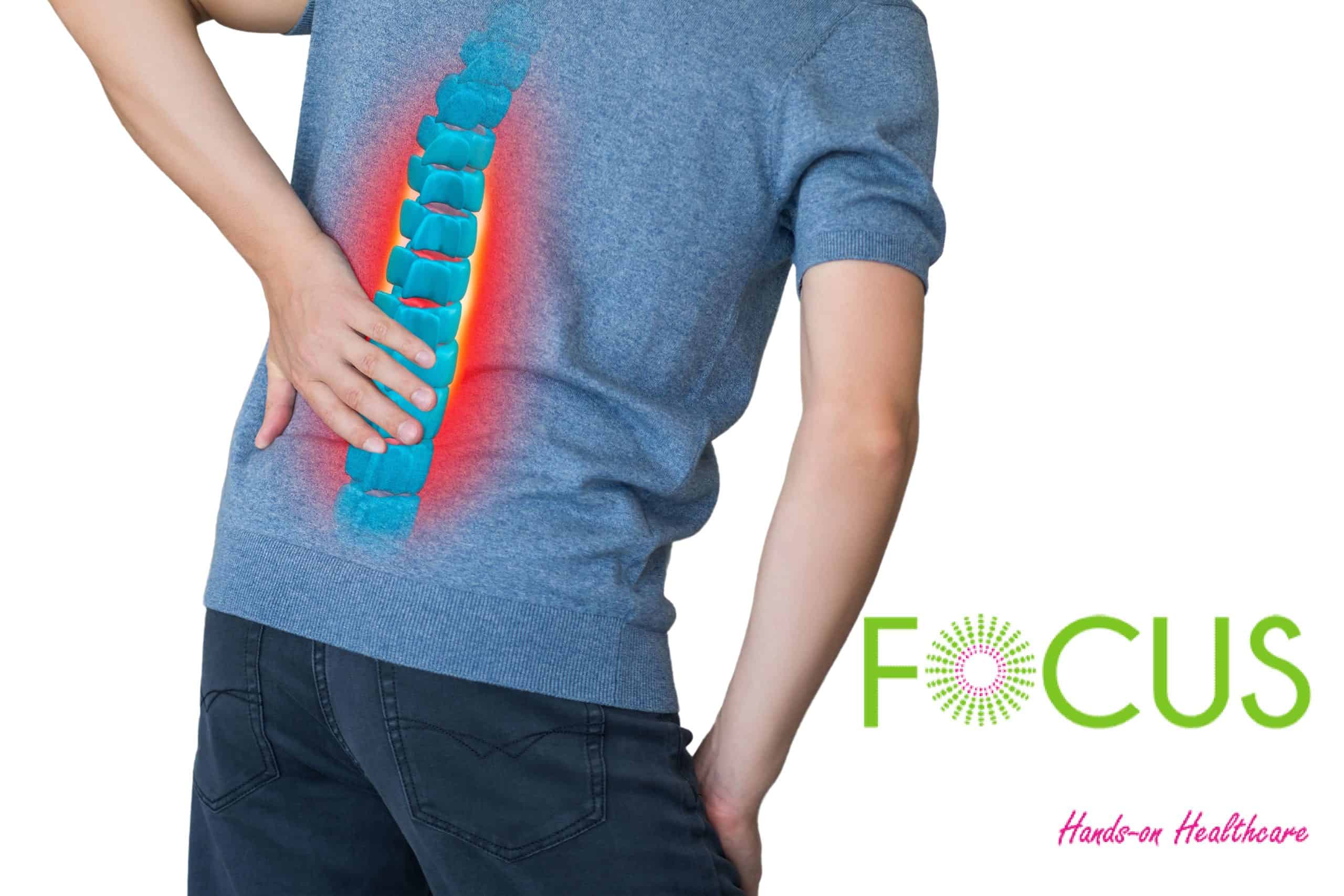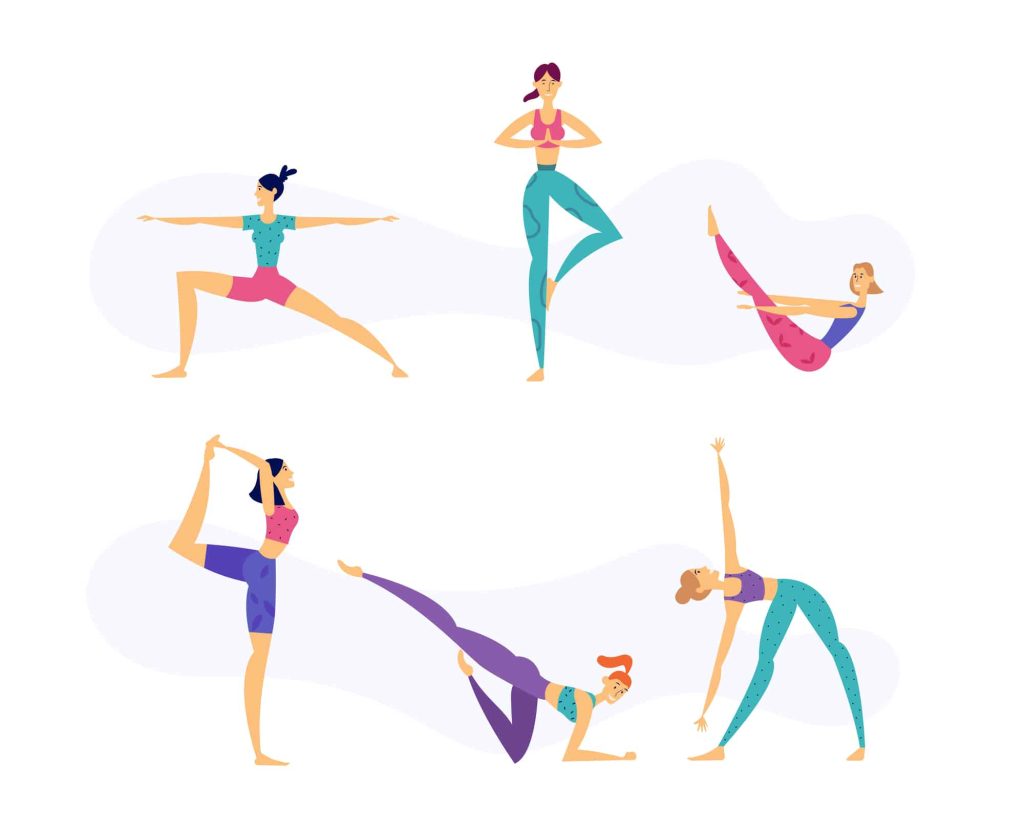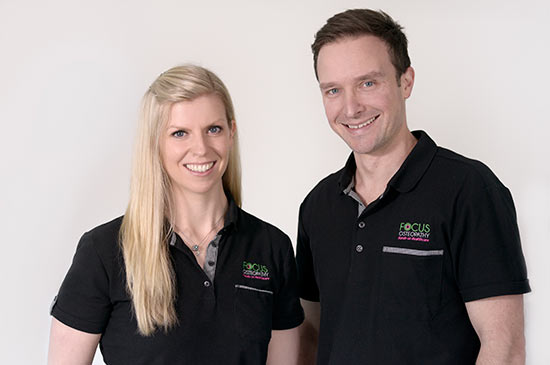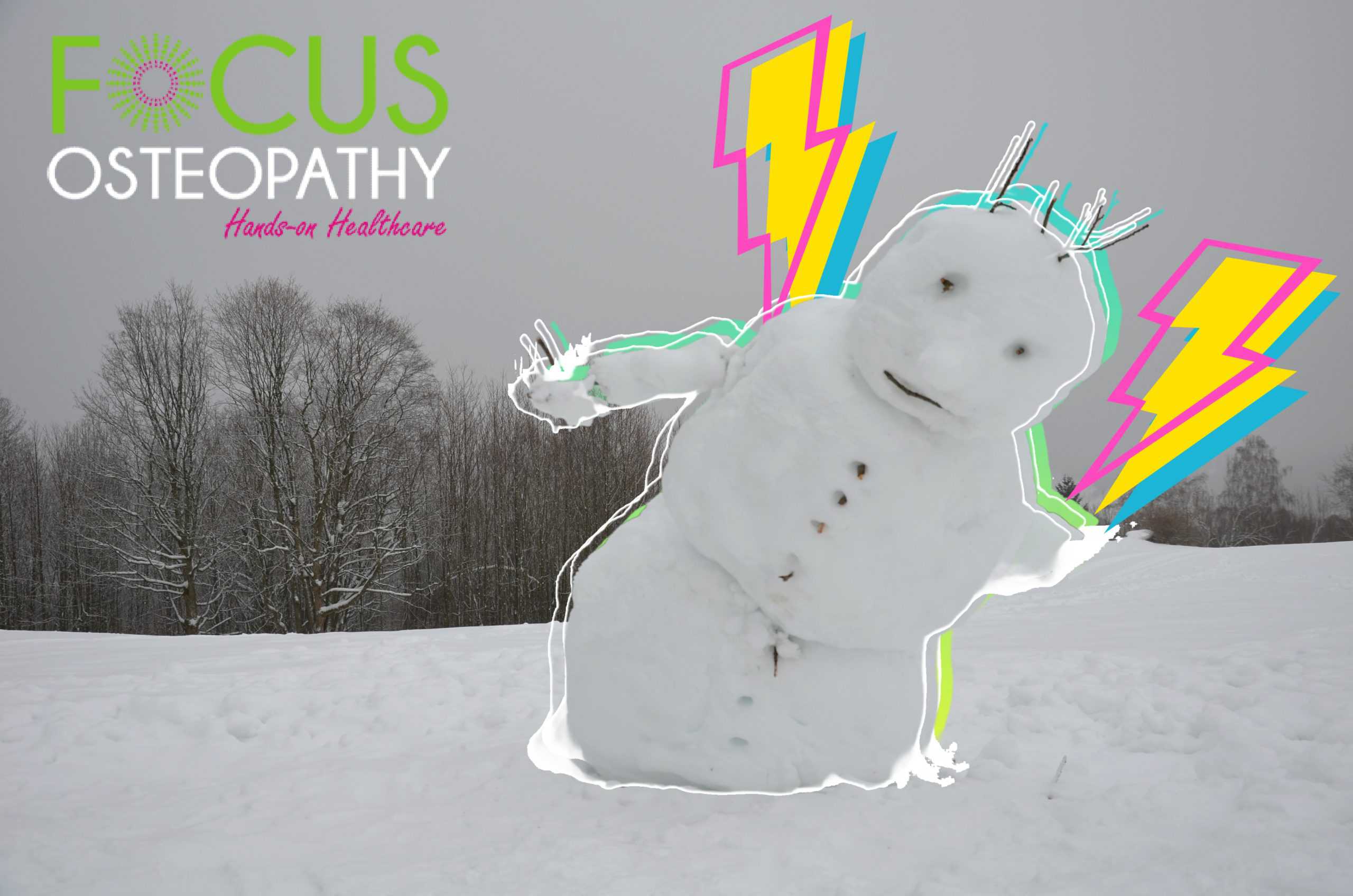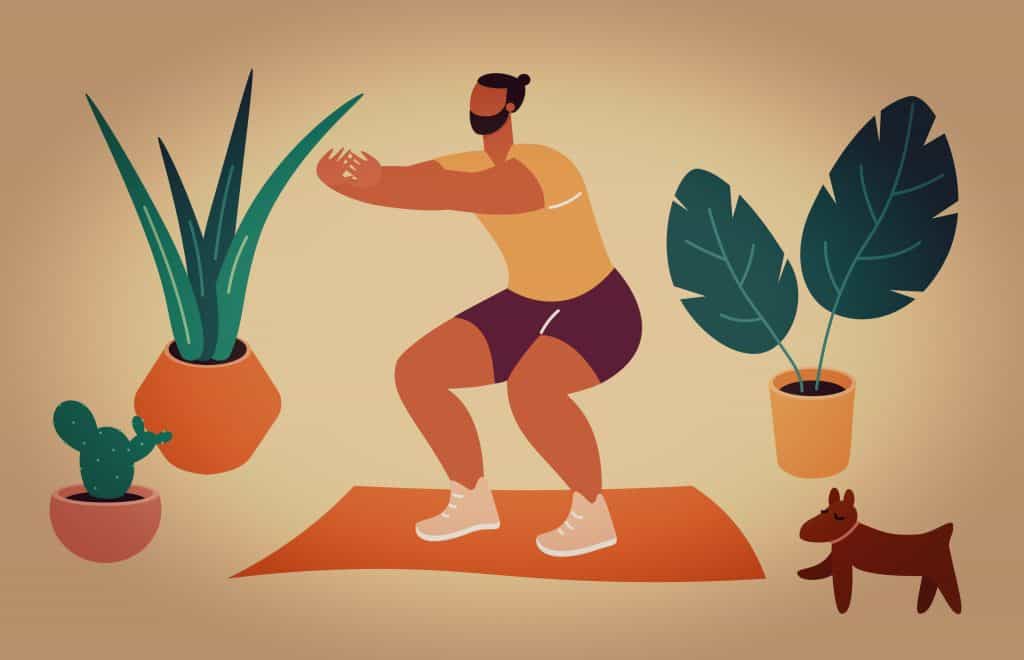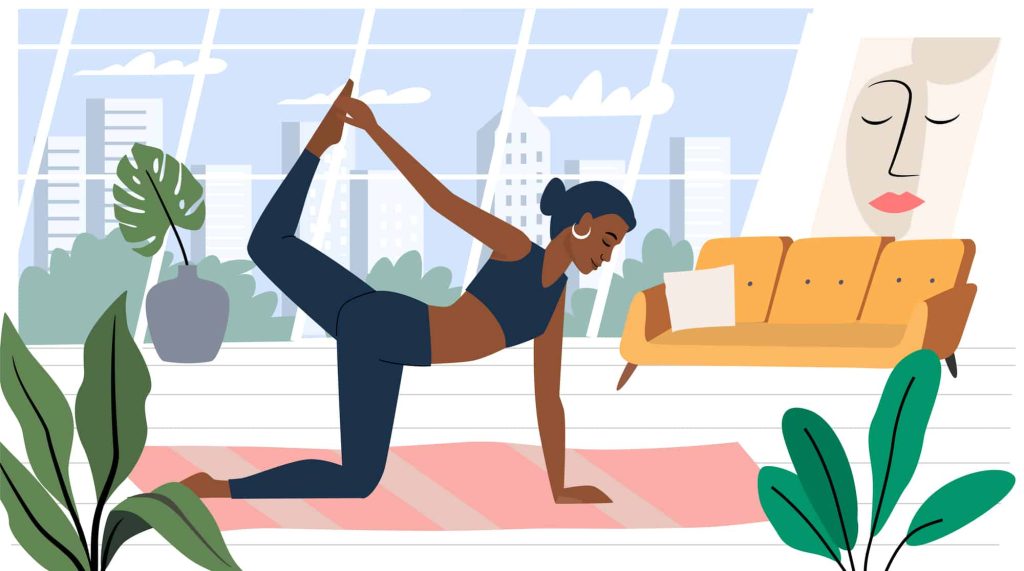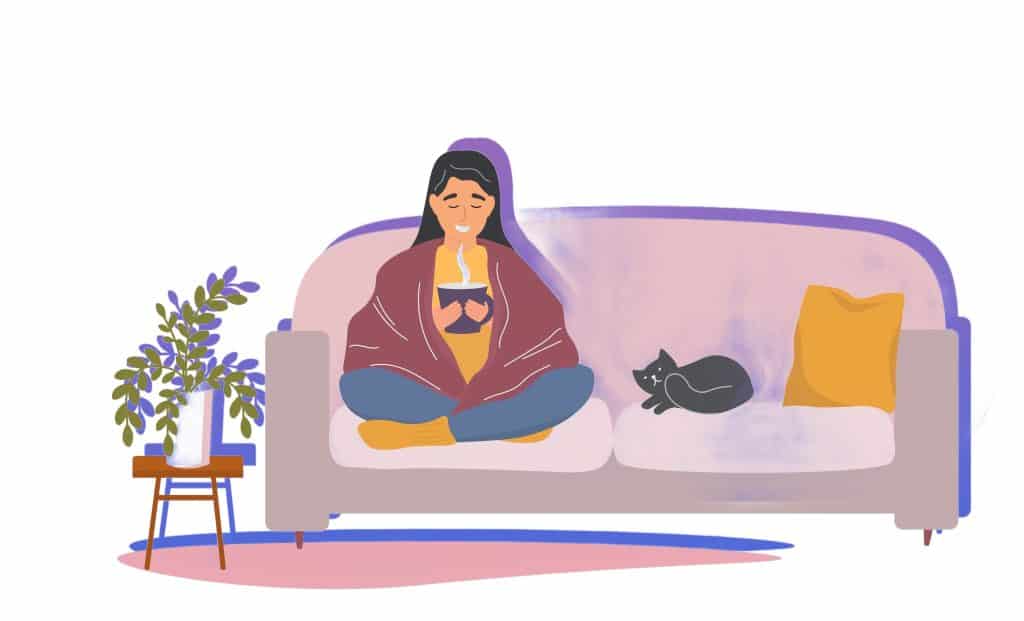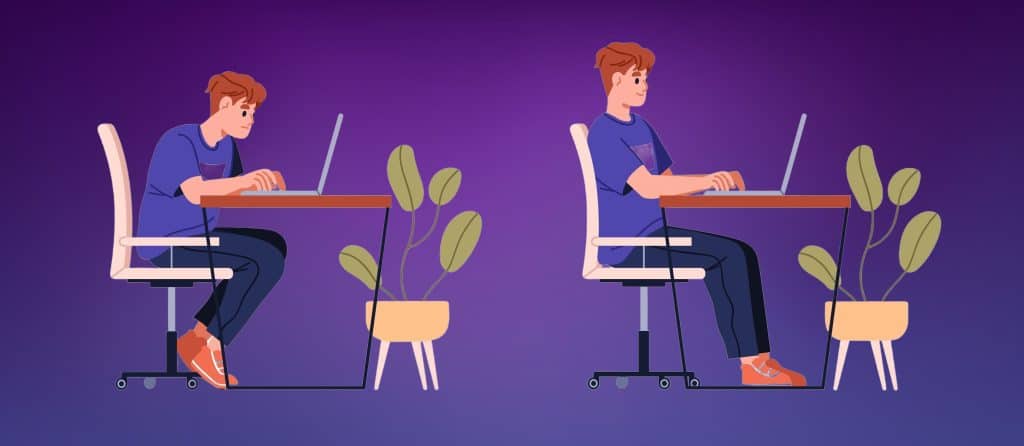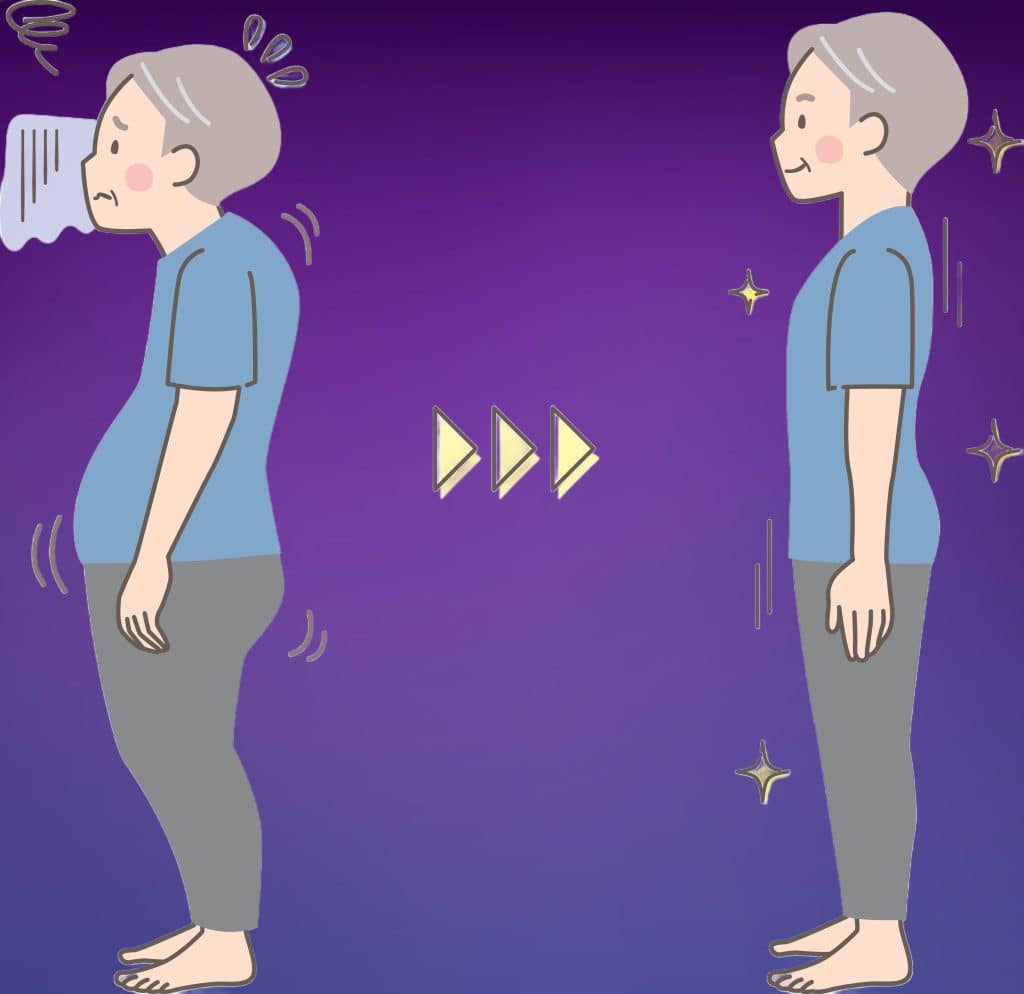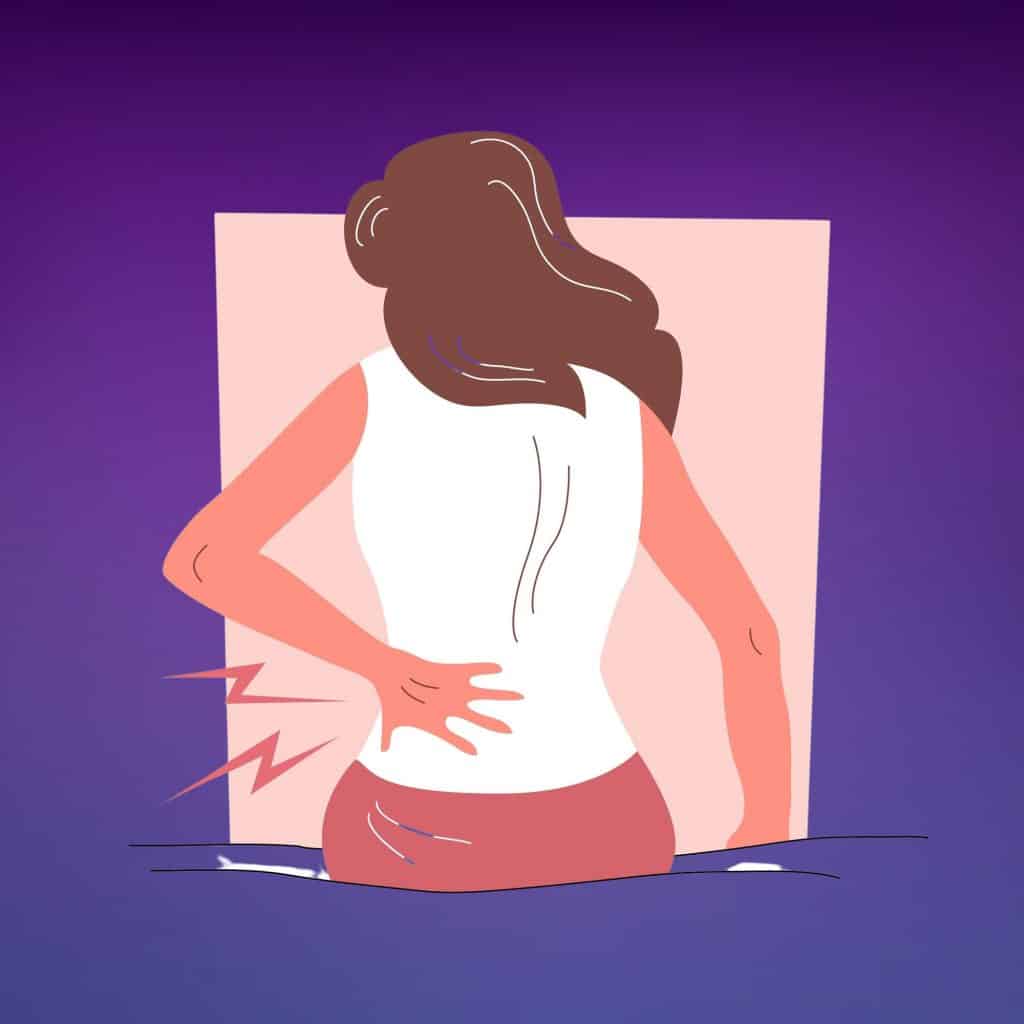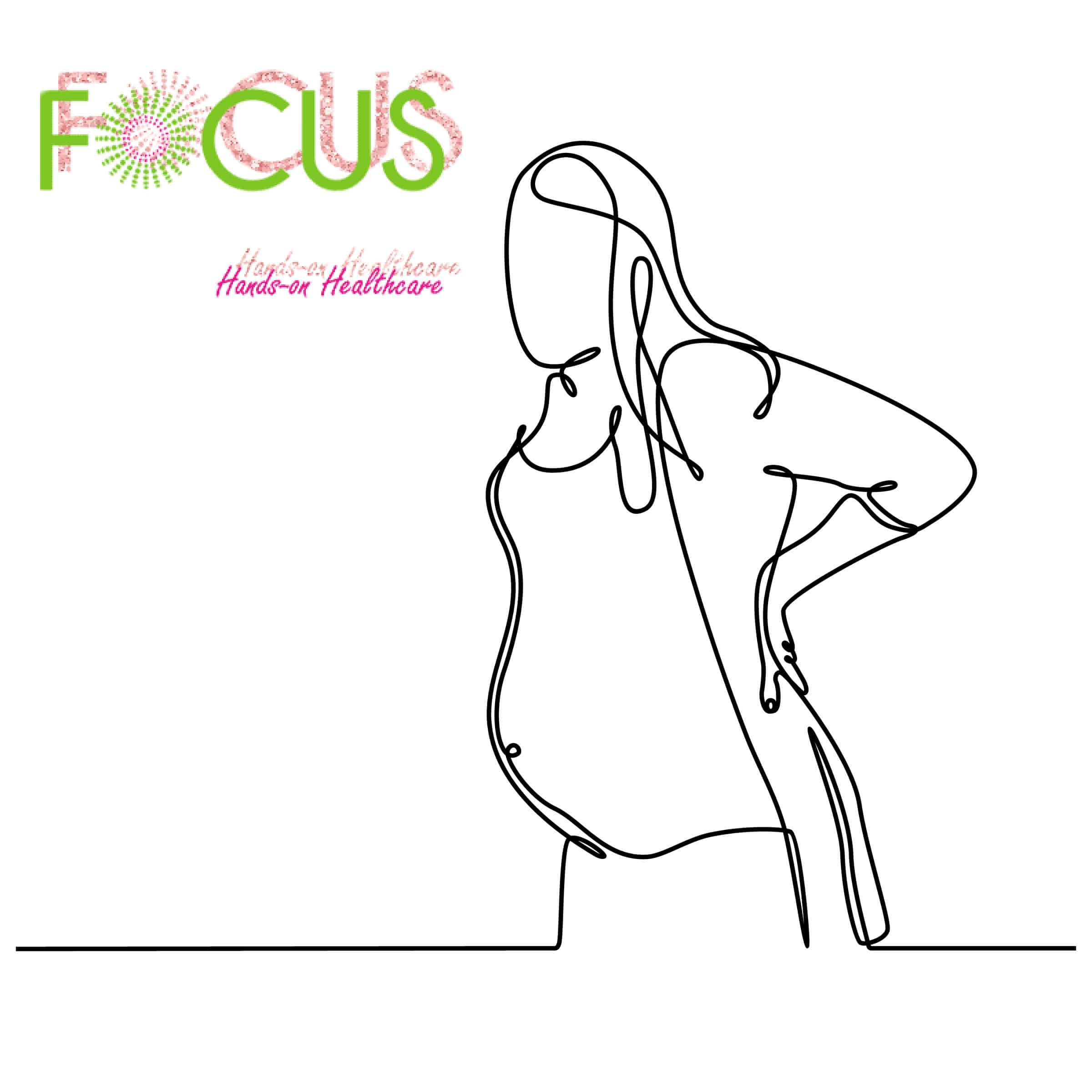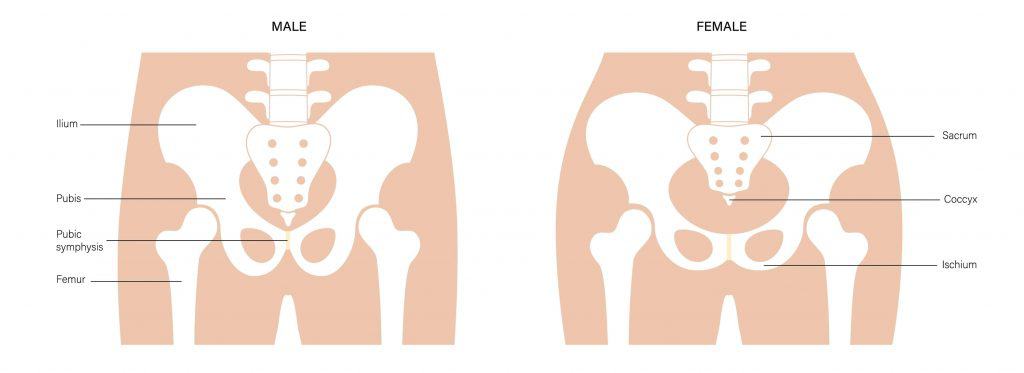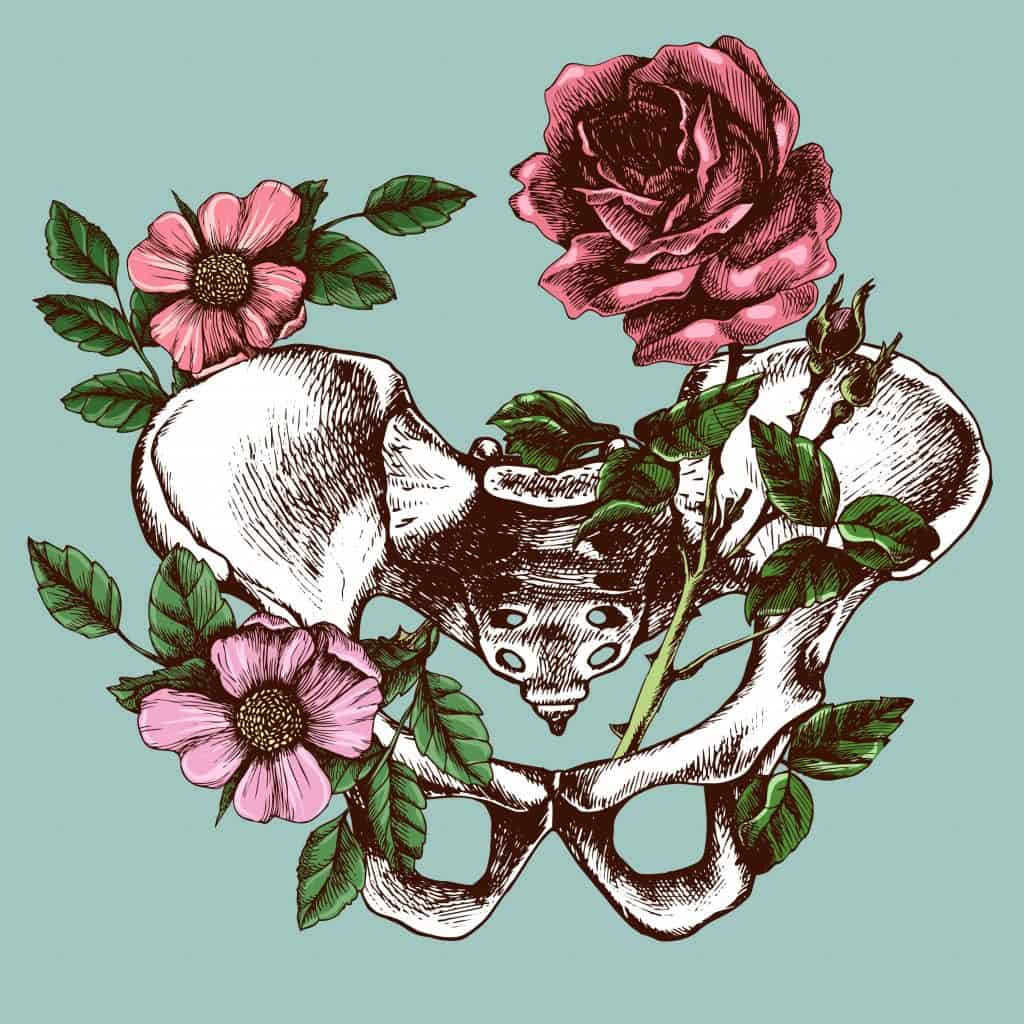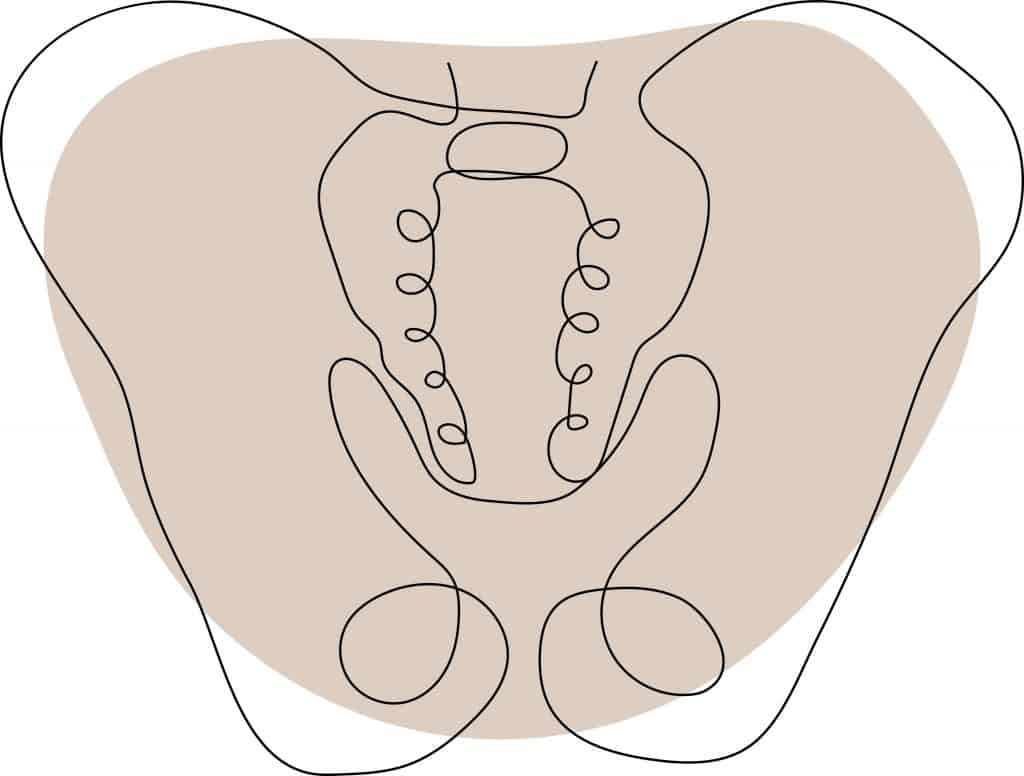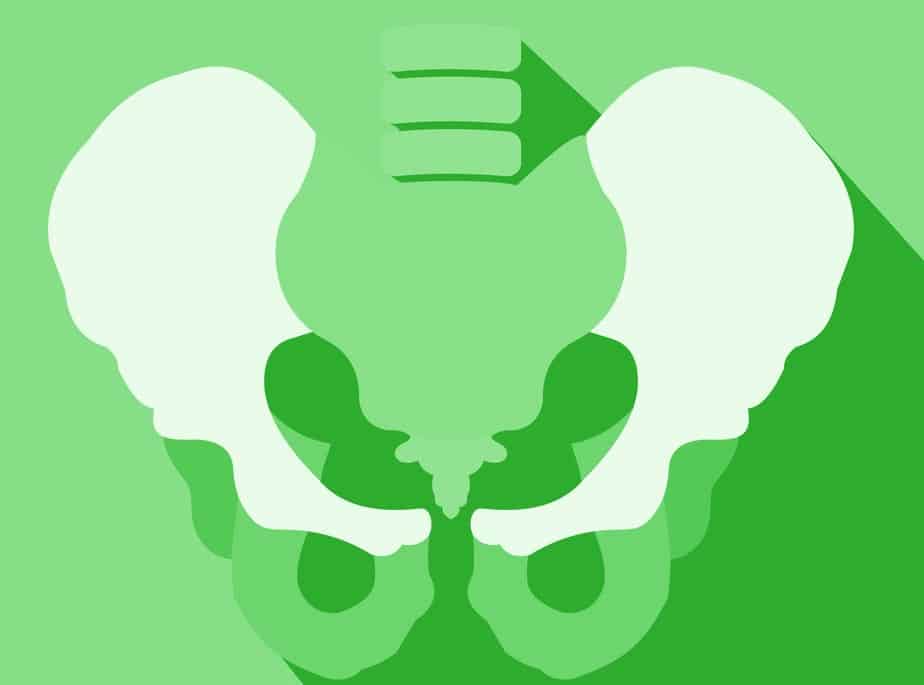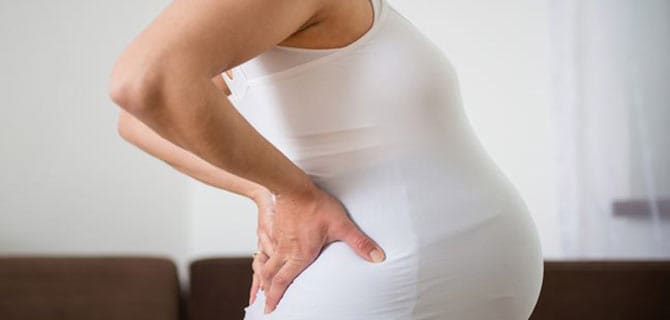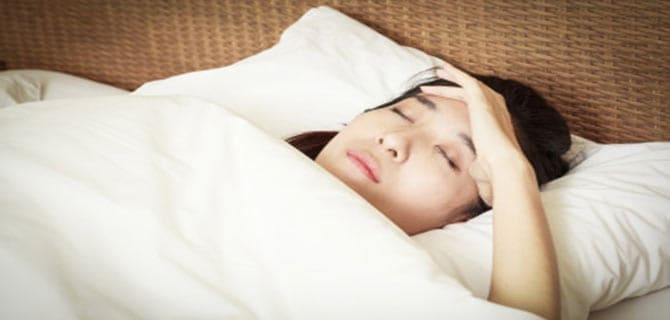The pool’s quiet calm is inviting—a refuge for those burdened by the persistent weight of lower back pain. In the water’s embrace, buoyancy takes over, and relief becomes more than just a wishful thought.
If lower back pain has been dampening your spirits, take heart.
This blog is a gentle invitation to dip into the therapeutic world of swimming, where each stroke can bring you closer to comfort and mobility.
A Swim Through Causes and Relief
Lower back pain is an intricate puzzle, often pieced together by various elements of our lives. It could stem from an awkward bend or lift, prolonged periods in a chair, or the gradual wear of time on our bodies.
The result?
A shadow cast over everyday joys, transforming even simple movements into daunting tasks.
But swimming, with its natural support and resistance, can be a powerful stroke in painting a different picture—one where your back finds the support it needs to heal and strengthen.
Let’s dive into how embracing the pool can become a pivotal part of your journey to a stronger back.
Buoyancy Reduces Load on the Spine
The buoyancy of water supports your body weight When you swim.
This significant reduction in gravitational pull means your spine and joints bear much less load compared to land-based activities.
For those with back pain, this can translate into less pain and strain during exercise, allowing for movement that would otherwise be painful on land.
This aquatic property offers a safe environment for strengthening muscles without risking further injury, acting as a natural form of pain relief by easing the pressure off your back.
Strengthens Core Muscles
Effective swimming requires the use of a wide range of muscles, with a particular emphasis on the core—the muscles around your abdomen and lower back.
Activating these muscles helps to stabilize and support the spine. Regular swimming can strengthen these core muscles, which is vital in both managing and preventing back pain.
The continuous muscle engagement required to propel you through the water not only builds muscle tone but also improves overall spinal alignment and stability.
Improves Flexibility and Range of Motion
Swimming involves fluid, repetitive movements that help enhance flexibility and the range of motion in your joints and muscles, including those in the spine.
For those dealing with stiffness and pain in the lower back, the gentle stretching and twisting motions involved in various strokes (like the freestyle or backstroke) can help loosen tight muscles and increase spinal flexibility.
This greater range of motion can contribute to relieving discomfort and improving your ability to perform daily activities with less pain.
Stress Reduction and Improved Mental Health
The psychological benefits of swimming are as significant as the physical ones.
Water has a naturally calming effect on the mind, which can be particularly beneficial for those suffering from chronic back pain, as stress and anxiety can exacerbate physical symptoms.
Swimming stimulates the release of endorphins, the body’s natural painkillers and mood elevators, reducing the perception of pain
. The rhythmic nature of swimming and the focus required can also serve as a form of meditation, helping to divert attention away from pain and promote a state of mental relaxation.
By incorporating swimming into your routine, you’re not just working towards alleviating back pain; you’re also embracing a holistic approach to health that nurtures the body and the mind.
Whether it’s the cardiovascular improvement, muscle strengthening, or stress relief, swimming offers a comprehensive way to support your back health and enhance your quality of life.
If you’re new to swimming or have ongoing health concerns, it’s a good idea to consult with a healthcare provider like an osteopath to tailor a swimming routine that best suits your specific needs and ensures safety as you dive into this therapeutic activity.
Your Back Pain Assessment Awaits
Enter the welcoming space of Focus Osteopathy, where every facet of back pain is not only acknowledged but attentively addressed.
We extend an open offer for a Free Back Pain Assessment, dedicated to those yearning for respite and clarity from the relentless discomfort that disrupts their peace.
At Focus Osteopathy, empathy is at the core of our service.
We provide a listening ear and tailored strategies, developed by professionals who deeply comprehend back pain’s intricacies.
As we walk alongside you on this path to alleviation, we offer:
Comprehensive evaluations to determine the roots of your back discomfort.
Engaging discussions with our compassionate team, brimming with understanding and actionable advice.
Refuse to accept back pain as a constant in your life narrative.
Embrace the possibility of transformation, the promise of ease, the gift of recovery.
To begin your transition to a life unburdened by back pain, arrange your Free Back Pain Assessment through our straightforward online form, or reach out to us at 1300 003 007.
The march towards a life without back pain begins with your decision to act.
More FREE Resources For Is Swimming Good For Back Pain
Read Our Blog – Start the New Year Pain-Free: How to Relieve Back Pain
